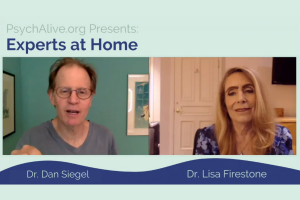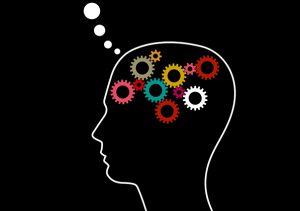Dyslexia

Does the stigma associated with Dyslexia affect you or a loved one? In the United States, this reading disability, which accounts for 80 to 90 percent of all learning disabilities, affects an estimated one out of ten children. And while there are numerous stories of people afflicted with this condition who have gone on to become great successes, from Einstein to Tommy Hilfiger to Charles Schwab, the difficulties faced in growing up trying to navigate the confusing hallways of linear thinking are many, and the emotional price is often high.
Neurologist Marta Denckla of Johns Hopkins University has examined dyslexic and non-dyslexic brains through anatomical imaging studies, and found that language flows far less efficiently through dyslexic brains than through typical ones. She posed a hypothesis, “Maybe when dyslexics confront the word ‘cat’ they instantly get a bigger network of meaning. They see, feel, and smell cats.”
This supports the findings of Sally Shaywitz, pediatric neurologist at Yale, cofounder if its Center for Dyslexia and Creativity. She has evidence that a dyslexic’s inability to properly decode letters on a page is often offset by “a sea of strength” in creativity, analytic thinking and reasoning. It is not yet clear if these compensatory strengths are innate or result from the dyslexic brain needing to seek alternate ways to solve problems, working around conventional paths to arrive at the proper location. Shaywitz asserts, “They learn to think outside the box, because they never fit inside.”
To read more about the newest research into the “rich associative network” of the dyslexic brain, click here









I came across this resource at a conference and it’s been highly recommended by many colleagues (school psychologist). I bought it for my own resource library, and loaned it to a 2nd grade teacher who LOVES it. No matter what I think about a book, when teachers find it worth their time to read something from my shelf, I know it’s a good book!